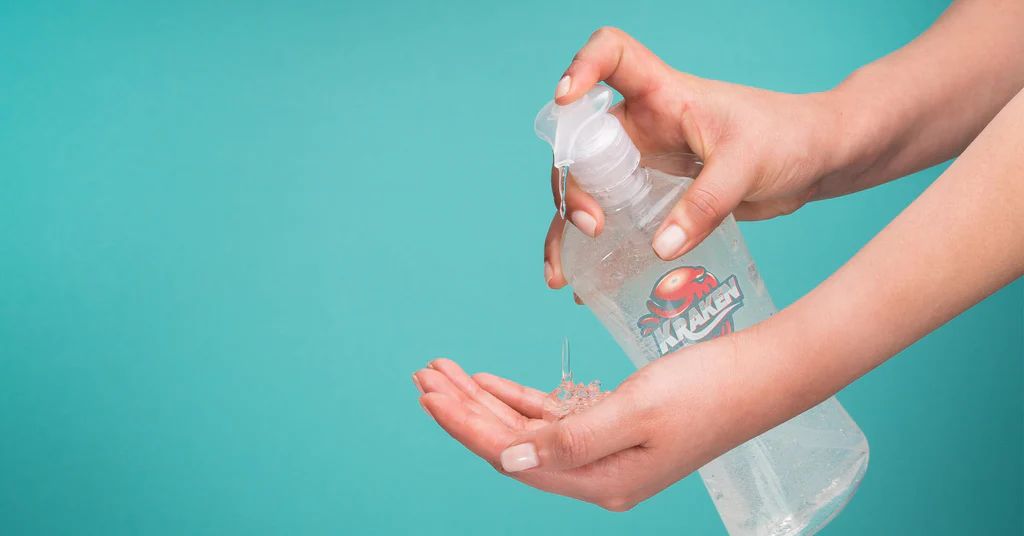Expanding foam is a useful product for sealing gaps and cracks around the home. However, it can be messy to work with and often sticks to hands and surfaces while curing. This leaves many wondering if WD 40, a popular solvent, can be used to remove dried expanding foam residue from skin and other materials.
Page Contents
What is Expanding Foam?
Expanding foam comes in a can with liquid foam inside that reacts and expands when released, up to 30 times the original volume. The foam is sticky so it can fill cracks and gaps thoroughly before hardening. Brands like Great Stuff and Touch ‘n Foam are available at hardware stores.
While great for insulation and sealing, the sticky foam often gets onto hands and surfaces accidentally while applying. It can be difficult to remove once cured, resisting water and rubbing alcohol. Expanding foam is designed to adhere tightly and permanently.
Using WD 40 on Expanding Foam
WD 40 is a light oil-based spray product designed to lubricate mechanical parts and displace moisture. It can also dissolve adhesives, grease, grime, and more due to its solvent ingredients like aliphatic hydrocarbons.
Many DIYers and professional contractors report success using WD 40 to remove cured expanding foam residue from skin and tools. The key is to spray liberally over the affected area, allowing it to soak and dissolve the foam so it can be wiped away.
On Skin
Spray expanding foam onto hands accidentally? WD 40 can help dissolve and remove it. Simply spray WD 40 generously onto the dried foam on your skin. Allow it to soak for a minute or two. The foam will begin to soften and ball up. Use a rag to scrub away at the WD 40 and foam residue until your skin is clean.
Be sure to wash any remaining WD 40 off with soap and water once the foam is removed. WD 40 can dry out skin with repeated exposure. Moisturizing after will help replenish skin.
On Tools
Tools used for spreading or shaping expanding foam, like putty knives and trowels, will inevitably get residue buildup over time. A good soak and scrub with WD 40 can remove cured foam from metal and plastic tools.
Spray tools thoroughly with WD 40 and let sit 10-30 minutes. Use steel wool or a scrub brush to work at the foam residue. The WD 40 will lubricate and dissolve the foam. Keep scrubbing until tools are clean. Finish by wiping any remaining WD 40 off.
On Other Surfaces
WD 40 can also remove expanding foam residue from finished surfaces like wood, tile, glass, granite, and metal. Test first on a small area to ensure the WD 40 won’t damage the finish.
Apply WD 40 liberally to dried foam on the surface. Allow it to soak in for at least 5 minutes before gently wiping and scrubbing away with a cloth or brush. Reapply more WD 40 and scrub again if needed.
Tips for Using WD 40 on Expanding Foam
- Spray liberally and let soak 5-10 minutes before scrubbing.
- Use steel wool or scrub brushes to help remove.
- Reapply WD 40 as needed while scrubbing.
- Test on a small area first to check surfaces.
- Clean skin with soap and water after removing foam.
- Moisturize skin after to replenish.
Limitations of WD 40
While WD 40 can dissolve cured expanding foam in many cases, there are some limitations to be aware of:
- May not work on some plastic surfaces.
- Can damage varnished wood finishes if left to soak.
- Will not penetrate foam deeper than 1-2 inches.
- May need many applications to fully remove foam.
- Does not prevent expanding foam from sticking while still wet.
Test carefully and clean up excess WD 40 when trying to remove foam from sensitive materials.
Alternatives to WD 40
If WD 40 is ineffective or incompatible with your surface, some alternatives to try include:
Acetone
Acetone-based nail polish remover or pure acetone can dissolve expanding foam, especially on skin or non-porous surfaces. Follow the same application method as WD 40.
Rubbing Alcohol
Rubbing alcohol can soften expanding foam for removal with persistent scrubbing. It may take more effort than WD 40 or acetone.
Essential Oils
Natural oils like tea tree oil, eucalyptus oil, or citrus oils can help breakdown cured foam on skin with enough rubbing. Also leaves a pleasant aroma.
Mineral Spirits
Light mineral spirits may help dissolve foam on tools or certain finished surfaces. Test a small area first and follow safe handling practices.
Avoid Gasoline
Gasoline is a solvent but also poses safety risks. Avoid using gasoline to remove expanding foam.
Preventing Expanding Foam Messes
To reduce expanding foam stickiness on skin and surfaces during projects:
- Wear solvent-resistant gloves and eye protection.
- Cover surrounding surfaces with plastic sheeting or masking tape.
- Apply petroleum jelly to skin as a barrier.
- Have acetone or mineral spirits on hand to clean wet foam.
- Use foam applicators instead of direct spraying.
Conclusion
WD 40 is an effective product for dissolving cured expanding foam residue on skin and many other surfaces. Just remember to let it soak before scrubbing, test delicate materials first, and exercise reasonable safety precautions when using any solvent.
Removing dried foam can take patience and some elbow grease even when using powerful solvents like WD 40. But the effort pays off to regain nice clean surfaces free of mess. With the right timing and technique, WD 40 can handle most expanding foam cleanups.
